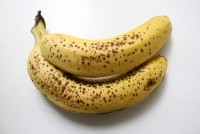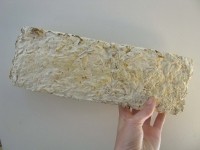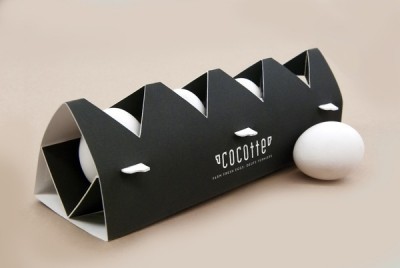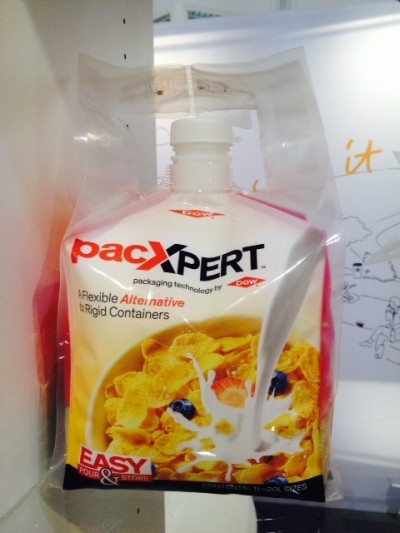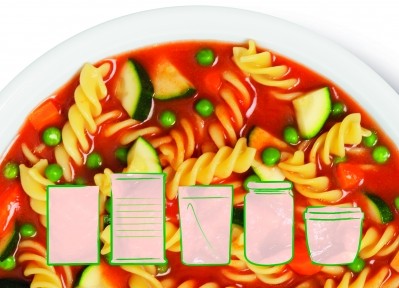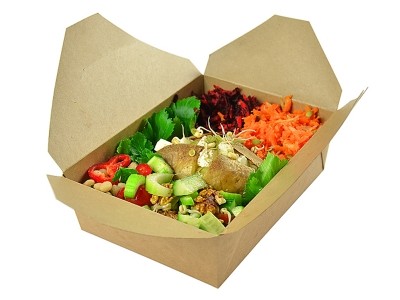Biomimicry: Using fungi to grow packaging material
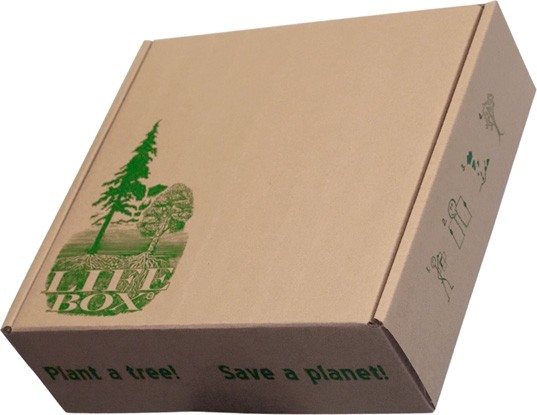
Jane Fulton Suri, partner, chief creative officer, IDEO design firm, said too often food manufacturers use materials and processes that deplete resources, destroy habitat, and pollute the air and water.
Overripe bananas
In contrast, nature’s processes enhance the environment – creating fresh water, clean air, habitat and food for other organisms.
Using a banana as an example, Suri added when the fruit goes off, brown spots start to appear on the skin, the same can be applied to packaging rather than relying on an expiry date which is usually small in print and difficult to read.
“Nature can teach us many elegant ways for packaging – to be space-efficient, light and strong like honeycomb structures for example. It would be amazing if we could design packaging that enhances our environment the more we use it,” said Suri.
Some companies have now taken steps to embed seeds in their material that can grow after use. Life Box embeds tree seeds and their symbiotic fungi in cardboard. Pangea Organics sold soap in packs molded from 100% post-consumer paper pulp that incorporated organic seeds like basil and amaranth.
The design of the Vitalis PET bottle draws inspiration from the way trees and other organisms use shapes to minimize the amount of material needed to create robust structures.
Optimisation of the bottle’s geometry led to an iconic shape hat saves 250 tons of material a year.
Ecovative fungi packaging
“By contrast, Ecovative’s use of fungi to grow a new type of packaging material is about working with natural partners. Ecovative is using waste cellulose an introducing selected fungi to bind the waste material together,” added Suri.
“Because it’s a growth process, rather than a subtractive one, the material can offer up unique opportunities to behave more like a natural system.
“The inputs and outputs can be biodegradable non-toxic. The system can grow around objects or complex forms with little retooling.
“It highlights a shift away from using simple bulk materials to smart ones that are co-evolved with another life form.”
Suri added scientists have only recently discovered that the brown spots on a banana fluoresce in the UV spectrum, to signal to organisms that see in that spectrum that the fruit is ripe.
Nanotechnology
“New technologies for making packaging are emerging in the life sciences, specifically in synthetic biology, genetic engineering and nanotechnology,” she said.
“These will change radically both how and what human beings are able to make. We’re already creating and modifying the building blocks of life – so far mostly in laboratories – so it’s a great time for companies to begin imagining how this capability will shape their future artifacts and the experiences of our everyday lives.
“There are exciting possibilities for design with living materials that will challenge many of our current assumptions about what we want and need to create.”
This extract was taken from Dow’s ‘in’ Packaging in Cultures magazine. Issue 1.
